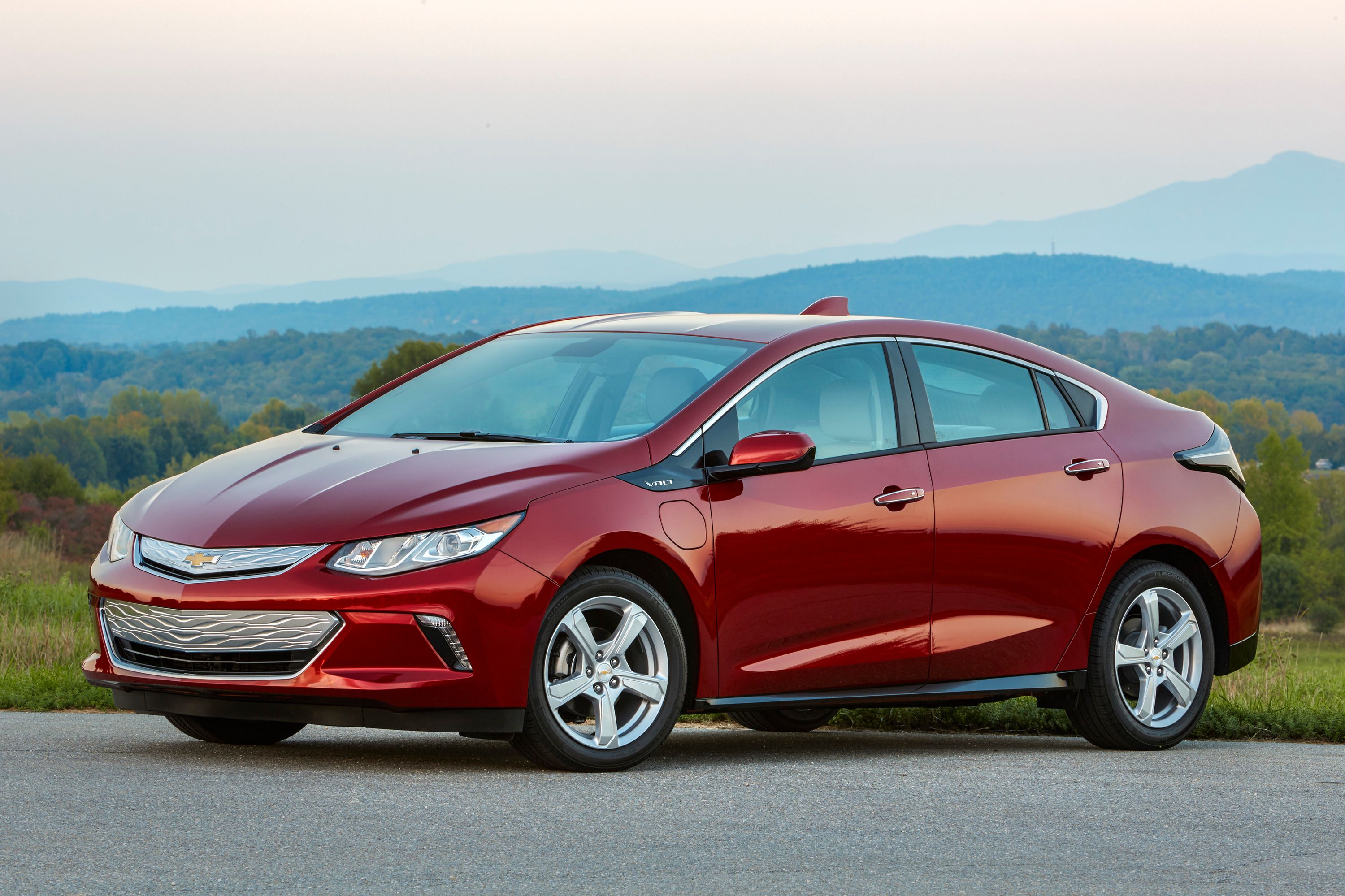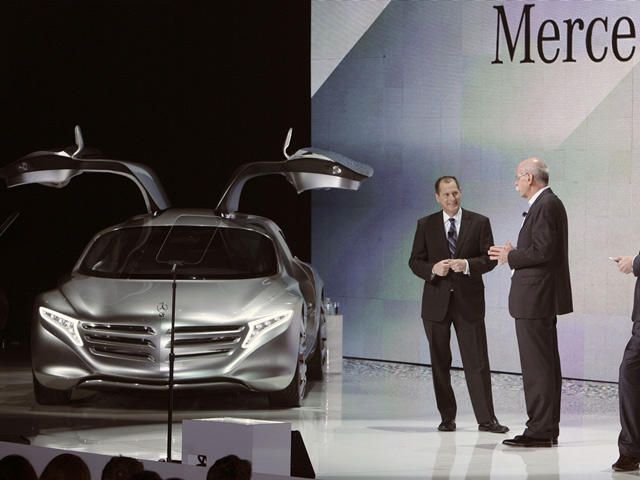
Two important trade shows that drew a lot of international attention took place in the US in the second week of 2012. The first was the Detroit Auto Show, which received almost unprecedented coverage. The second was the Consumer Electronic Show (CES), which took place in a more warm and exotic location, Las Vegas. 2,000 miles are separating the two cities and on the face of it not too many overlapping issues are shared between the two industries.
However, automakers' presence at the CES set a new record and a few senior executives made it all the way from Detroit to attend the event. They presented their company's digital vision, gave keynote speeches and enjoyed the informal atmosphere (no ties and no business suits were needed). It might be that they have decided to go to Las Vegas just because they love gadgets. Another important factor is the growing business relationship between the automotive and the electronic industry. Last year car manufacturers purchased almost $7 billion worth of electronic equipment for in-vehicle installation.
The automotive industry became the biggest customer of CES members. "CES is now the place to experience innovation in the auto industry, including the latest automotive electronics, including both vehicle OEMs and the aftermarket," said Gary Shapiro, president and CEO of CEA. "Car manufacturers are exhibiting at the 2012 CES to unveil their latest models, and aftermarket innovations...will include tablet integration, internet radio solutions, in-vehicle apps and driver safety technology." More than six of the top 10 manufacturers and other automotive tech companies occupied more than 95,000 net square feet of exhibit space.
One the car manufacturers' biggest problems, when dealing with the electronic industry, is the lack of synchronization between the product life cycle in the two industries. While developing a car from scratch to a showroom lasts at least four years, developing a digital product, hardware or software, is a much shorter process, taking only a few months' time. "My biggest learning is that we need to change our thinking we're a services, a telecommunications system within a manufacturing areas," said Linda Marshal President of OnStar, who provides subscription-based to General Motors cars owners.
Dieter Zetsche, Chairman of the Daimler board and head of Mercedes-Benz cars, like all of his peers, is looking at ways to improve the combination of infotainment and telematics systems within the car. He wants to make them more intuitive to operate and less demanding of the driver's attention. At the same time there is also ongoing development of communication technologies that will enable a car to communicate with other cars to avoid crashes as well as other digital dependent safety systems. Mercedes-Benz has also developed a telematics strategy, called @yourCOMAND.
How it works is that the car literally becomes a mobile communications center that enables driver and passengers to access all modern media and services at any time that also uses cloud computing. Mercedes displayed its study car, the F125!, which made its premiere at last September's Frankfurt Motor Show (many of Frankfurt study and concept cars were on display at the CES). The F125! is equipped with an intelligent car communication system that is able to assess all relevant information for a trip and make practical use of it immediately. The complete windshield becomes a head-up display.
Digital information about the actual vehicle surroundings, points of interest, friends, pedestrians and other vehicles is presented on the dash and windshield. Even a natural interaction by means of gestures is possible. Vehicles approaching intersections will be virtually superimposed on the windshield to help avoid hazardous situations. Audi was also represented by Ricky Hudi, an executive engineer with the automaker. He presented the Audi Connect, a telematics system network that functions between the car and its surroundings.
Hudi declared Audi's commitment to LTE (what is better popularly known as 4G mobile broadband), but explained that there's a dependence on communication providers to begin using that technology and its coverage scope. Ford CEO Allan Mulally, in typical fashion, also attended the show. He revealed a few apps, among them the iHeartRadio app that enables drivers to use it via the automaker's own SYNC AppLink (isn't it a lot of gibberish for one short sentence?). The SYNC-enabled iHeartRadio smartphone app can be accessed using simple voice commands that are available on in Ford SYNC with AppLink.
GM partnered with Verizon and OnStar at the show to unveil a second-generation connected research vehicle. The Chevrolet Volt research concept focused on a comprehensive in-vehicle experience giving all passengers access to streaming content from the Cloud enabled by the Verizon 4G LTE network and building on OnStar's Advanced Telematics Operating System (ATOMS). The research Volt's features include the ability to stream content from a home computer, sharing content throughout the vehicle, such as the rear seat infotainment management and video chat.
There were many more innovations at the CES aimed at drivers and passengers alike and although we don't expect the CES to replace the relevance of the Detroit Auto Show, we do expect the cooperation between the two industries to grow further.

